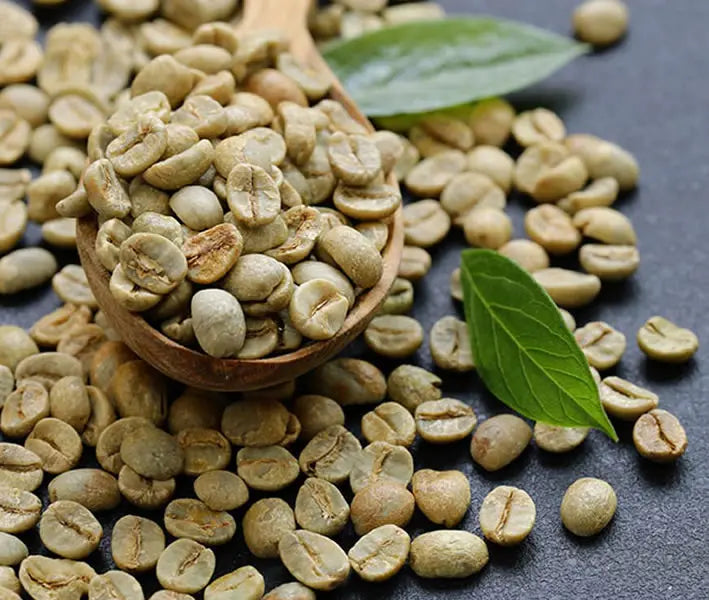Green Freeze Experiment
Freezing roasted coffee to preserve shelf life has been around for a long time. The benefits of freezing roasted coffee are exaggerated, to be sure. Once you open that bag of frozen coffee, the quality of flavor drops off within a few days. But, does the same thing happen when green beans are frozen? We wanted to test a theory that freezing green prolongs the shelf life of green coffee.
Green coffee is the seed of a coffee cherry. Coffee can be harvested throughout the year in large countries. Those countries have vast climate diversity, so coffee ripens at different times throughout the year. However, for micro-lots and smaller growing countries, coffee only ripens within a narrow window. Once the green coffee is sold, it’s gone until the next harvest.
Over the years, we have had some fabulous coffees. It’s sad when we sell the last bag and know it won’t be available for another year, if that. So many things can happen within a year in coffee growing regions. They tend to be more politically unstable. Weather is always a big factor in coffee quality. Supply chains may be disrupted. A big buyer may swoop in and buy the entire lot. Last year, we decided to do a little experiment to see what would happen if we froze some green coffee to try to preserve it for future use.
We took 60 pounds of green coffee from our friend Francois at Yego Coffee and froze it. It was a lovely washed coffee from Rwanda. Francois is from Rwanda and he imports coffee from his family’s wash stations. However, we knew he was going to limit his imports and focus on opening a cafe. This set up the perfect opportunity to test if freezing green preserves the coffee.
The coffee was put in a chest freezer for seven months. It was in a grain pro bag to limit possible freezer burn. To start, we took the coffee out of the freezer a few days in advance to let it come up to room temperature and reacclimate. We started the first batch just like we roasted it the previous year. However, since the moisture in the beans evaporated more quickly than last year, the coffee ended up tasting a little muddled, but resulted in a nice body. The second batch followed a similar curve, but we ended it 40 seconds sooner, resulting in clearer acidity and more complexity. For the third batch, we started with a drop temperature 10 ℉ lower, which really slowed down the drying phase. The total roast time was 46 seconds slower than batch 1.
Overall, the flavor of the coffee is complex with sparkling acidity. However, once the coffee is out of the freezer, the moisture in the green is not as stable. Once roasted, the coffee flavor is good, but it also degrades quicker than the current crop. Is it worth the effort? Probably not. Freezing takes a lot of energy, and the resulting coffee can be good. But it’s difficult to manage as it “ages” quickly. There are so many new coffees landing every month. I would rather bring in a new, interesting coffee than spend the time and energy freezing old crop.

